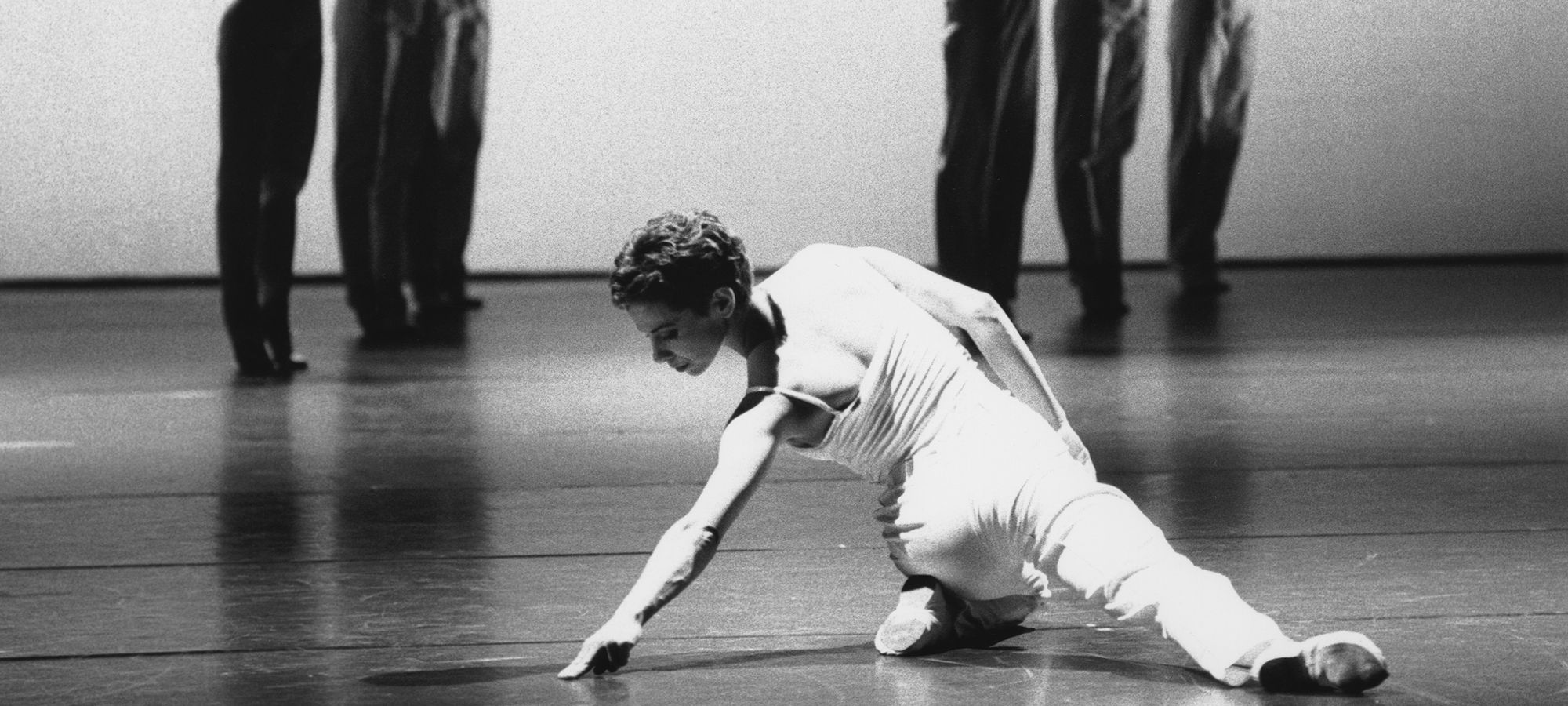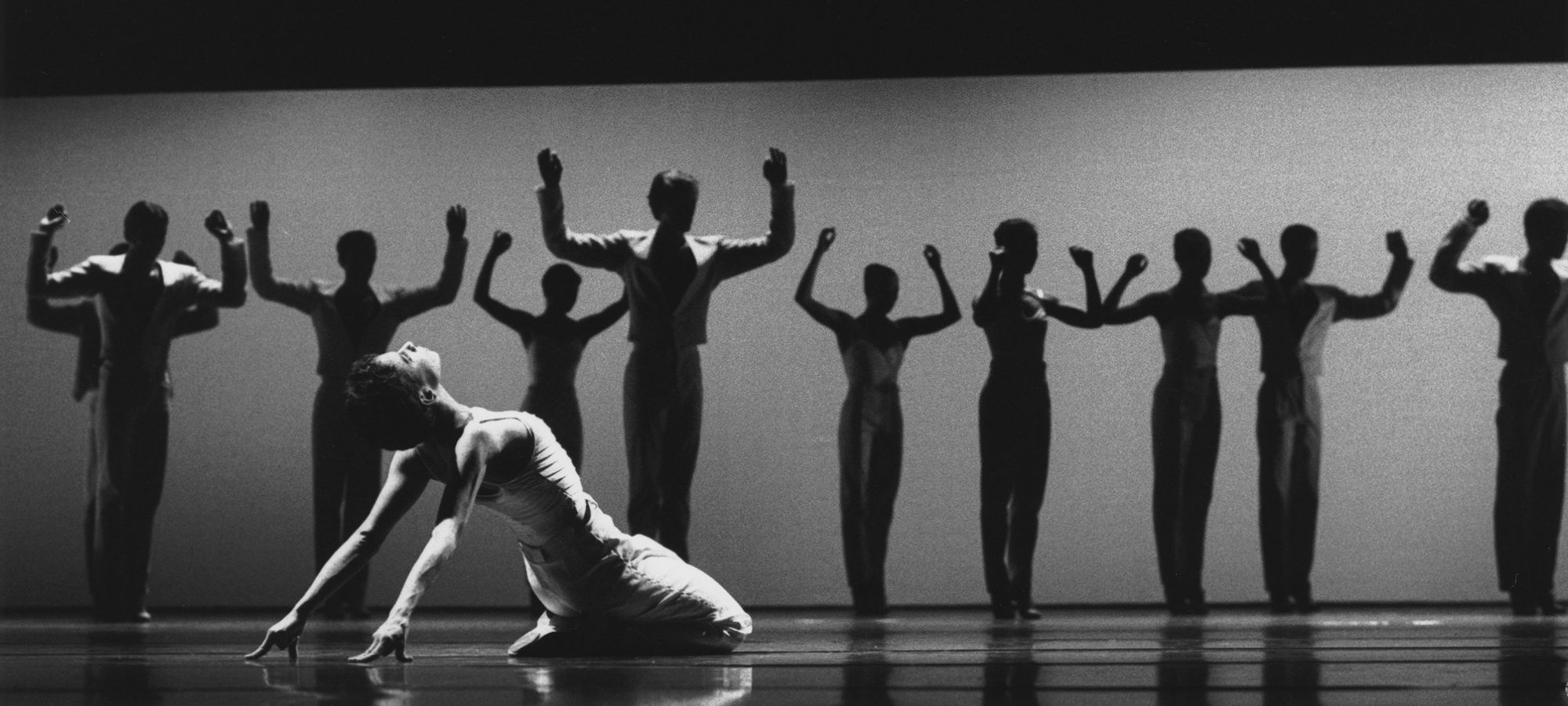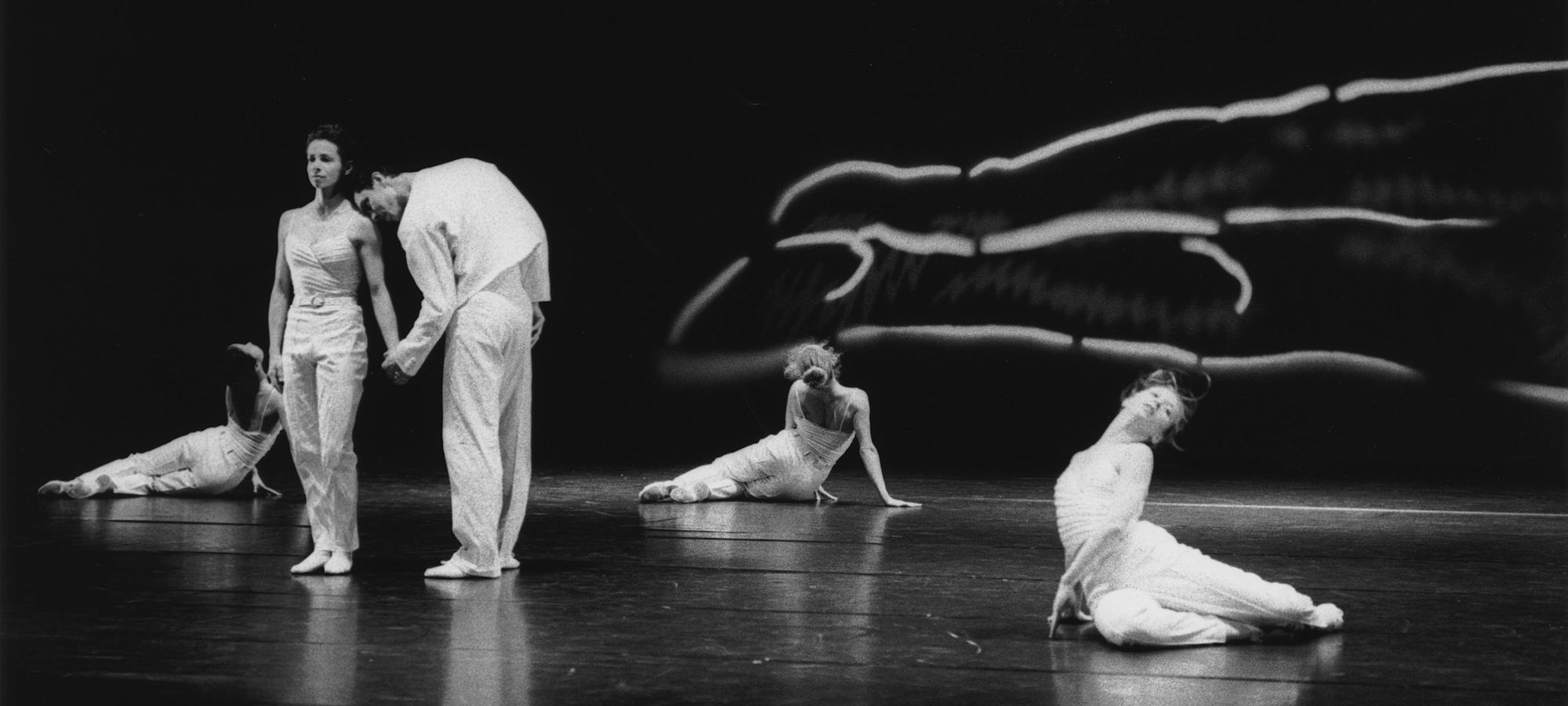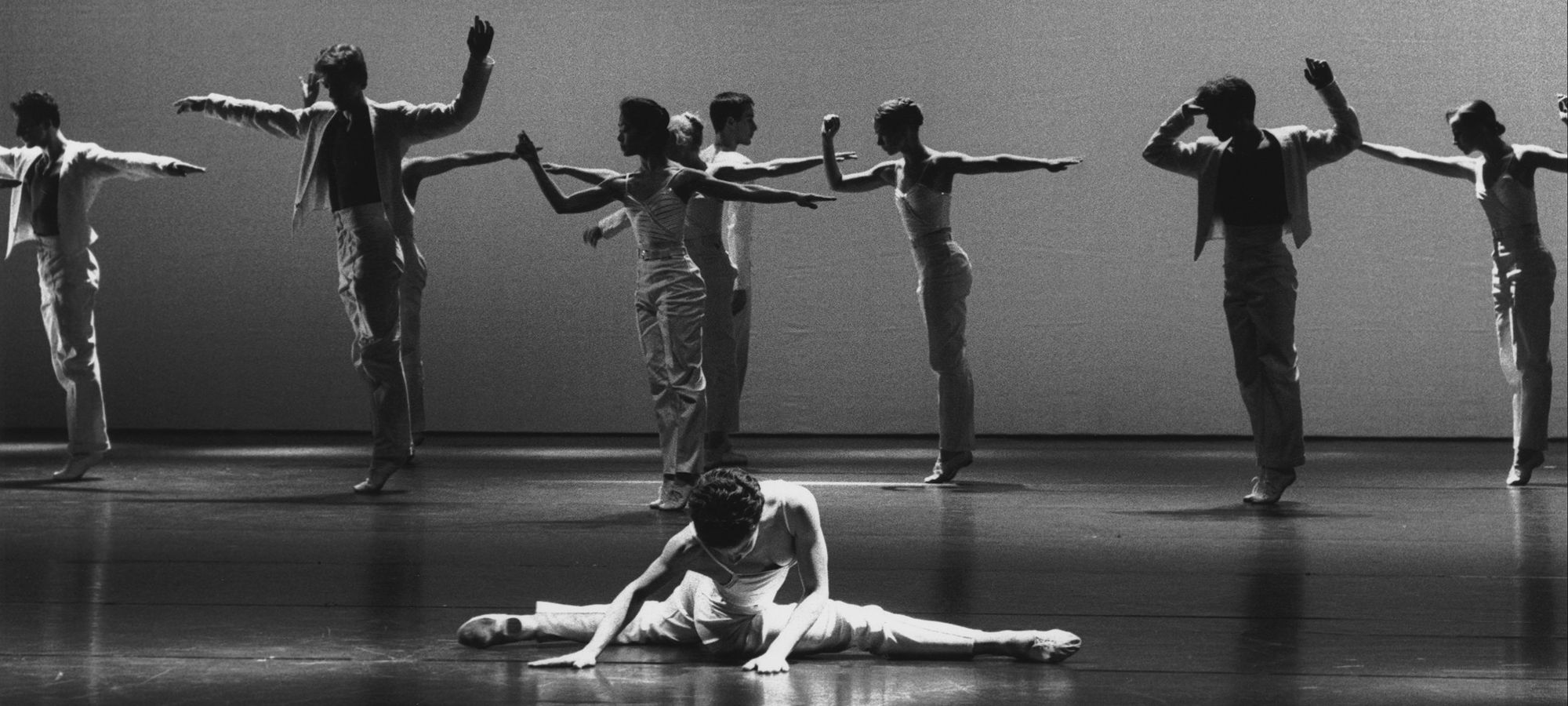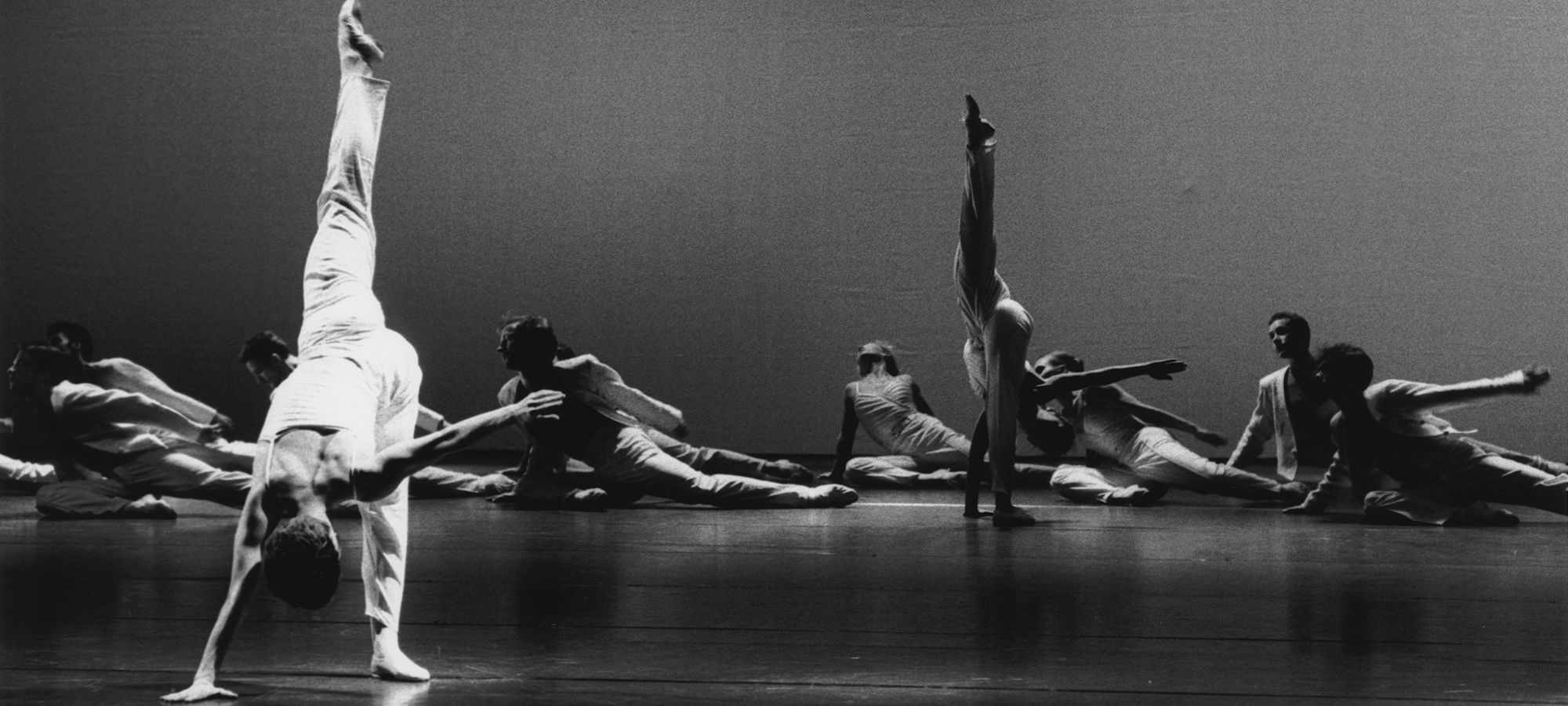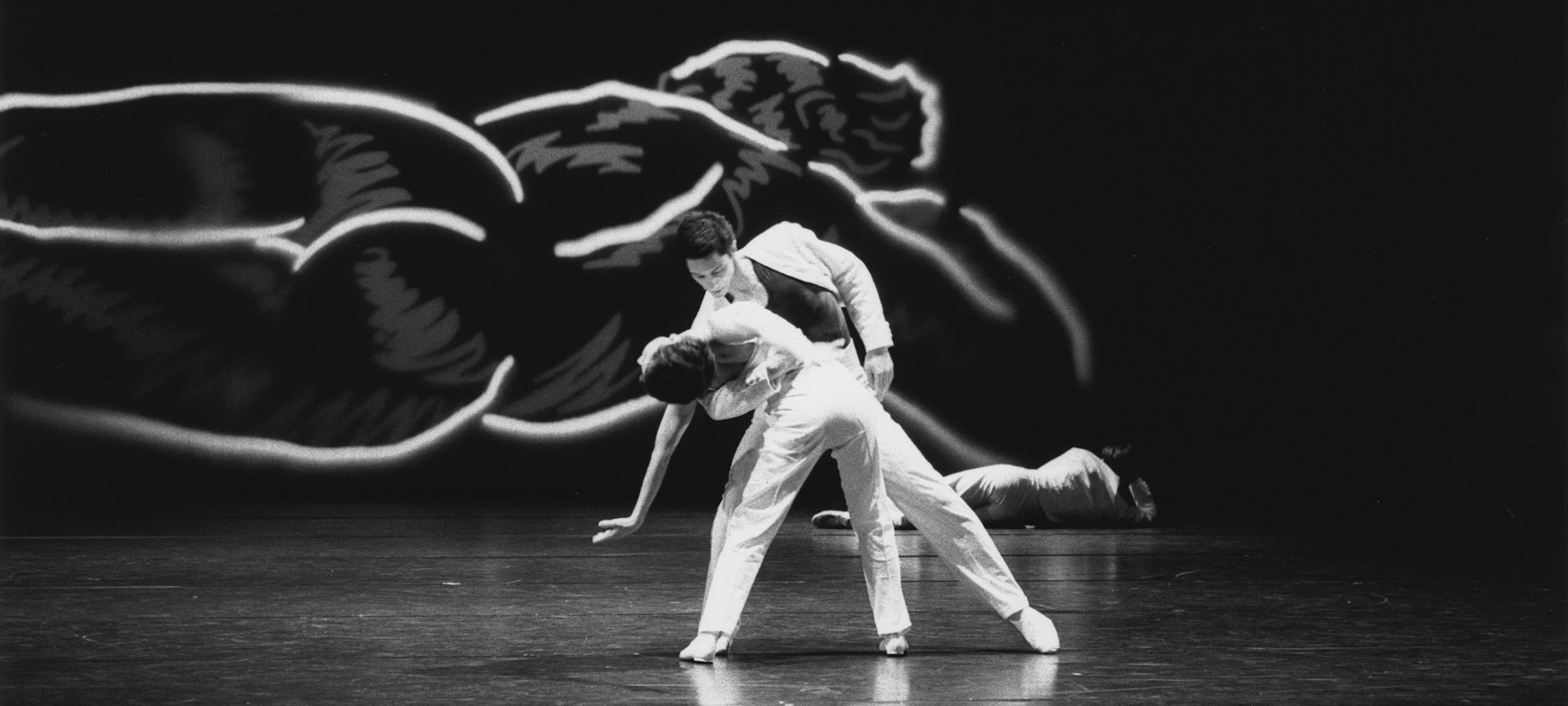
A Distant Land
"I’m not accustomed to choosing music and letting a title inspire me to write choreography. In this particular case, I would say that it takes no less than 2 to 3 years to secure the participation of a symphony orchestra for a contemporary French choreographer. And having this double opportunity to work with a large number of dancers and with such an orchestra is a thrilling prospect.
I love Dutilleux’s music for its spatial openness and for its detail. So, nothing seems easier, since there is no system to hide behind ; equilibrium must be invented at every turn to enable the dance, like the music, to exist fully yet independently, without rejecting each other, and perhaps even serving each other. My dance, I hope, will help some to discover this music, and I am convinced that it will be able to carry my dance. On the magnificent concerto for cello and orchestra, Tout un monde lointain, by Henri Dutilleux, I explore the idea of someone searching for an unknown someone else. For me, this simple idea is not as simple as it may initially seem because narrative is not really what I’m interested in. On the other hand, in the a quest for someone else, the hypothesis of a discovery and the ensuing emotions, the impending intimacy and the final encounter provide me with many pretexts to write dances. I needed an odd number, here there are 17 dancers, so that the quest would crystallize on one of them.”
Michel Kelemenis, March 1997
Echos
Danser Antoine Livio
June 1997
Creating choreography to the staggering Concerto for cello by Henri Dutilleux was a real challenge, even if the composer has already given 2 pure masterpieces to dance with Le loup (Roland Petit) and Métaboles for Peter Van Dyck. There is no libretto this time, only the overflowing imagination of Michel Kelemenis. He is probably one of the very few contemporary choreographers able to ignite a group of classical dancers to a major musical score without any false intellectualism. Kelemenis listens to the music with his heart and he feels it down to his toes. He communicated this generous spirit to the dancers in Geneva.
Libération Marie-Christine Vernay
March 1997
Ballet is perpetual movement : beings that delicately emerge in an elegant ambiance, almost like a sketch, moving as if frolicking in a garden. The beings are vibrant while having the restrained beauty of statues in an herb garden. It begins with a slight movement of the hand ; it ends with a body resting on the ground. Meanwhile, there is a multitude of choreographic events, of common breaths, of always-contradictory ensembles. It’s a ballet of escape where nothing ever takes hold. It’s also an effusive ballet that talks a lot with the arms, and takes flight with them waving. It’s filled with life, with little screams and whispers, with the impression of crowds and isolation.
By working with the ballet, Kelemenis affirms his classic nature while maintaining the straightforward dance that characterizes him : his trails of regrets, his gestures taken from daily life, from Spain, from the Baroque. His relationship with the music is just as intelligent, by passing through romantic encounters.


